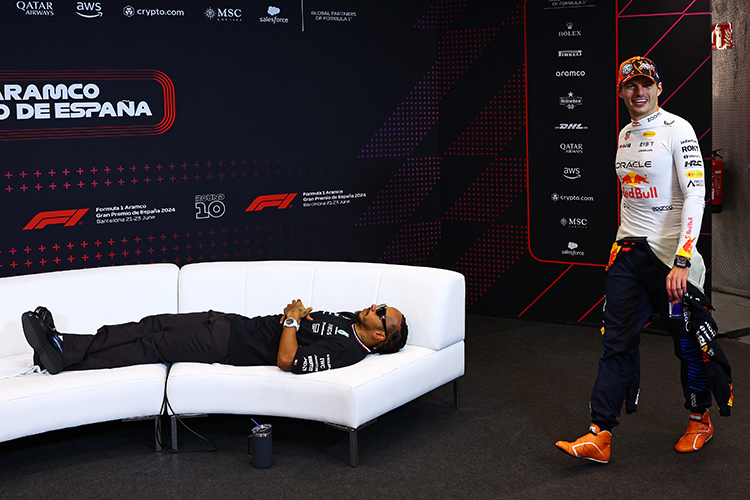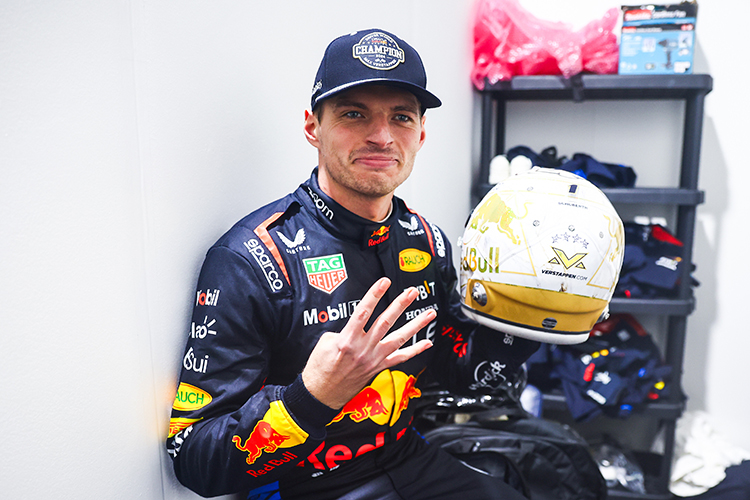Who is Pedro de la Rosa? Formula 1’s Ultimate Team Player

Formula 1 World Champions: A legacy of racing legends
Who Is Pedro de la Rosa?
Discover the inspiring career of Pedro de la Rosa, the ultimate team player in Formula 1. Learn about his F1 journey, technical contributions, and enduring legacy in motorsport.
Pedro de la Rosa: Formula 1’s Unsung Hero and the Ultimate Team Player
Pedro de la Rosa may not be among Formula 1’s most celebrated drivers, but his career exemplifies dedication, professionalism, and adaptability. Renowned for his technical feedback and consistency, the Spanish driver carved out a unique legacy in F1 as a trusted test driver and dependable team player. His contributions behind the scenes helped shape some of the most competitive cars in F1 history.
Early Career: From Karting to Formula 1
Born on February 24, 1971, in Barcelona, Spain, Pedro de la Rosa began his motorsport journey in karting, where he displayed natural talent. Progressing through the ranks, he competed in Formula Ford and Formula Renault in the 1990s, winning the British Formula Ford Winter Series. His success led him to the Japanese Formula 3 Championship, which he won in 1995.
De la Rosa’s achievements in Japan earned him recognition from Formula 1 teams, who valued his technical skills and international experience. These qualities would soon propel him to the pinnacle of motorsport.
Formula 1 Debut with Arrows
In 1999, de la Rosa made his Formula 1 debut with Arrows, a team known for its underdog spirit. He made an immediate impact, scoring a point in his very first race at the Australian Grand Prix—a rare achievement for a rookie in a lower-tier team. Despite the car’s limitations, de la Rosa demonstrated a steady and reliable approach throughout the season.
Though his time with Arrows was short, it showcased his potential. In 2001, he joined Jaguar Racing, where he spent two seasons competing in the midfield. However, Jaguar’s uncompetitive cars limited his ability to score consistently, and he left the team after the 2002 season.
The McLaren Years: A Masterclass in Testing and Development
De la Rosa joined McLaren in 2003 as a test and reserve driver, a role in which he excelled. His technical expertise and precise feedback made him an invaluable asset, helping the team develop cars that competed at the highest level. Working alongside stars like Kimi Räikkönen and Juan Pablo Montoya, de la Rosa’s behind-the-scenes contributions were critical to McLaren’s success in the early 2000s.
His work encompassed testing new parts, refining setups, and ensuring reliability—tasks that are vital for on-track performance. De la Rosa’s dedication and professionalism earned him widespread respect within the F1 paddock.
Racing Highlight: The 2006 Hungarian Grand Prix
In 2006, de la Rosa stepped into a full-time racing role for McLaren after Montoya’s departure. At the Hungarian Grand Prix, he delivered a career-defining performance, navigating chaotic conditions to claim his first and only F1 podium with a second-place finish. The result highlighted his racecraft and composure under pressure.
De la Rosa completed the season as McLaren’s driver, consistently scoring points and reinforcing his reputation as a skilled and dependable competitor.
Returning to Testing and a Stint with BMW Sauber
After his stint as a race driver, de la Rosa returned to testing, bringing his expertise to various teams. In 2010, he joined BMW Sauber as a full-time driver, but the season proved challenging due to reliability issues. Despite the difficulties, his technical feedback contributed to improving the car’s setup.
Following his time with BMW Sauber, de la Rosa rejoined McLaren as a test driver, continuing his pivotal role in car development. His contributions in tire testing and simulator work were instrumental as F1 evolved into a more technology-driven sport.
Final Racing Chapter with HRT
In 2012, de la Rosa joined HRT, a struggling Spanish team, as a full-time driver. Despite the team’s limited resources, de la Rosa brought experience and professionalism, mentoring younger drivers and providing steady leadership. While HRT’s financial struggles meant they couldn’t compete at the front, de la Rosa’s efforts were vital to the team’s development.
HRT’s closure at the end of 2012 marked the end of de la Rosa’s F1 racing career, but his passion for motorsport remained undiminished.
Legacy and Post-F1 Contributions
After leaving the F1 grid, de la Rosa continued to contribute to the sport. He worked as a consultant and advisor, sharing his extensive knowledge with teams and appearing as a commentator on television. In 2018, he joined Aston Martin’s F1 team as an advisor, further cementing his legacy as a key figure in motorsport development.
Pedro de la Rosa’s career embodies the qualities of a true team player. His technical expertise and commitment to excellence made him a cornerstone of the teams he worked with, and his influence extends far beyond his racing results.
Conclusion: Formula 1’s Ultimate Team Player
Pedro de la Rosa’s journey in Formula 1 is a testament to the importance of teamwork, adaptability, and dedication. Known as the “ultimate team player,” his role as a test driver for McLaren, BMW Sauber, and Ferrari was invaluable in shaping some of the sport’s most competitive cars. His single podium at the Hungarian Grand Prix stands as a highlight of a career defined by contributions that often went unseen but were crucial to his teams’ success.
In a sport often focused on victories and championships, de la Rosa’s story is a reminder that Formula 1 is a team effort, and his impact will be remembered as an essential part of its history.
Up Next



